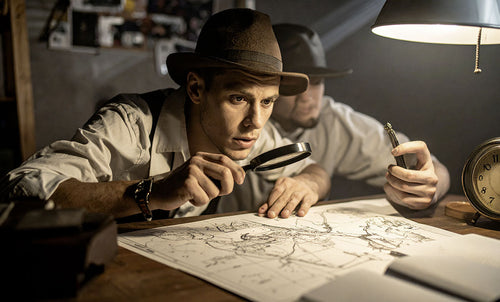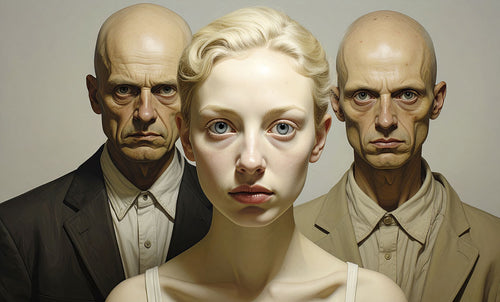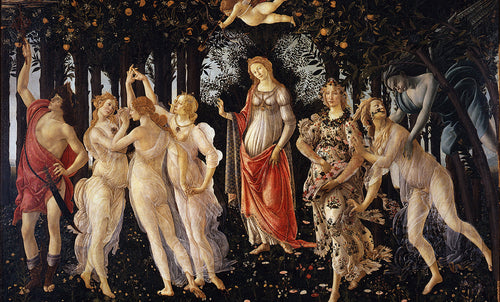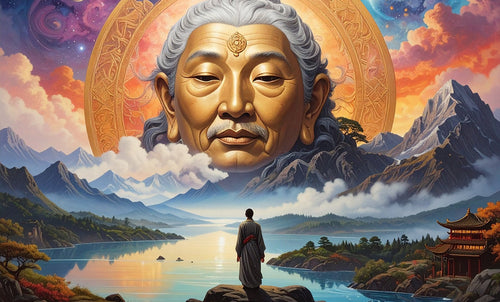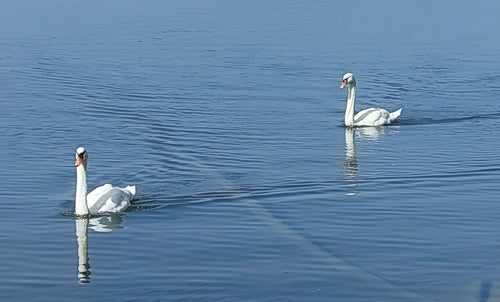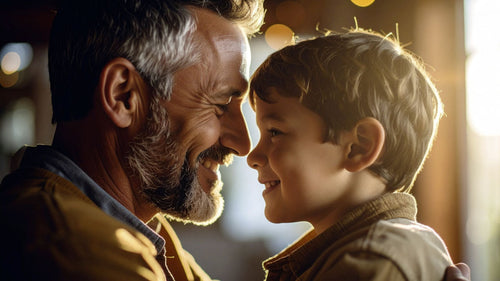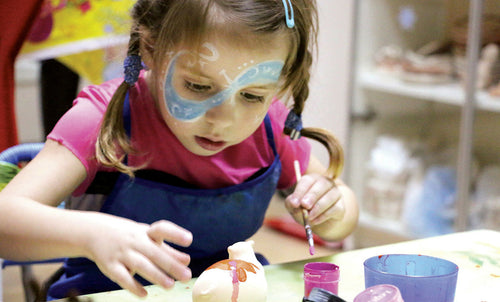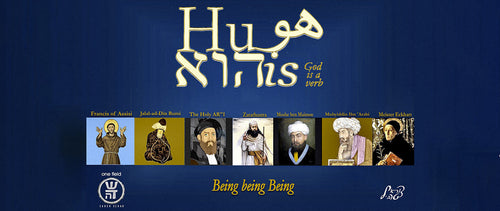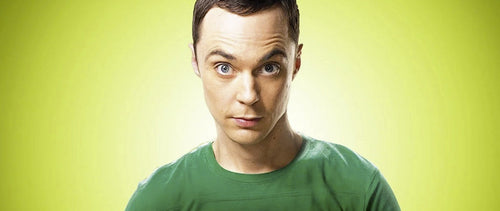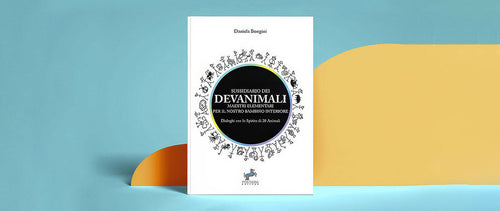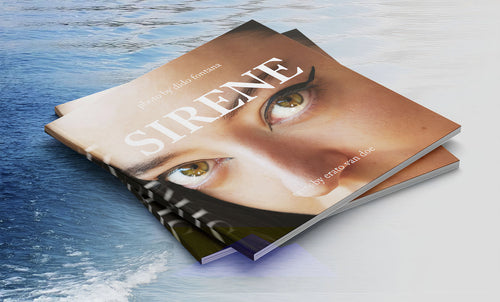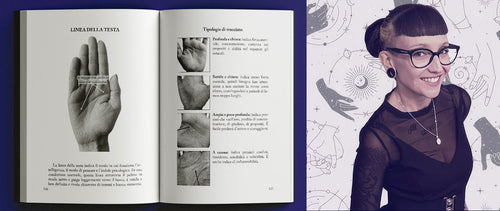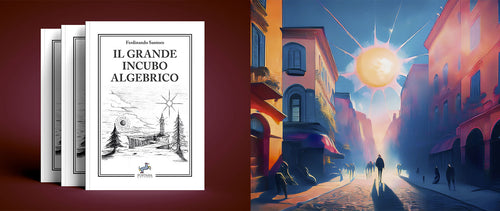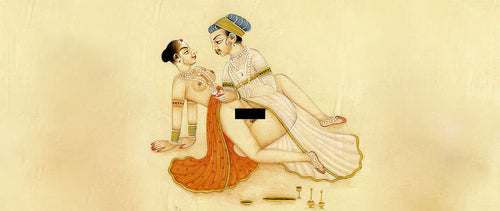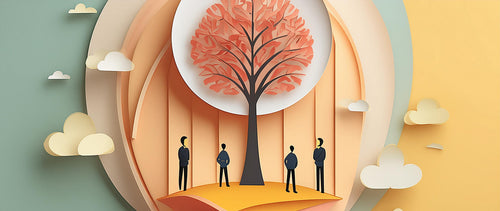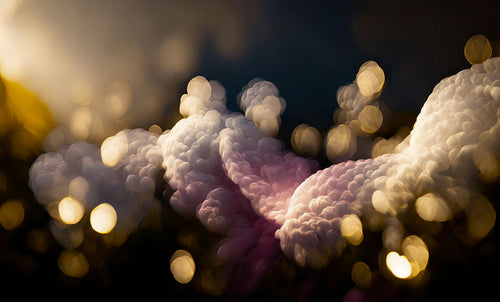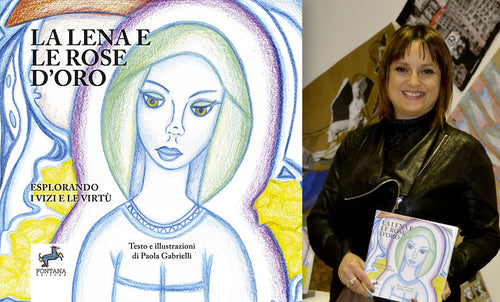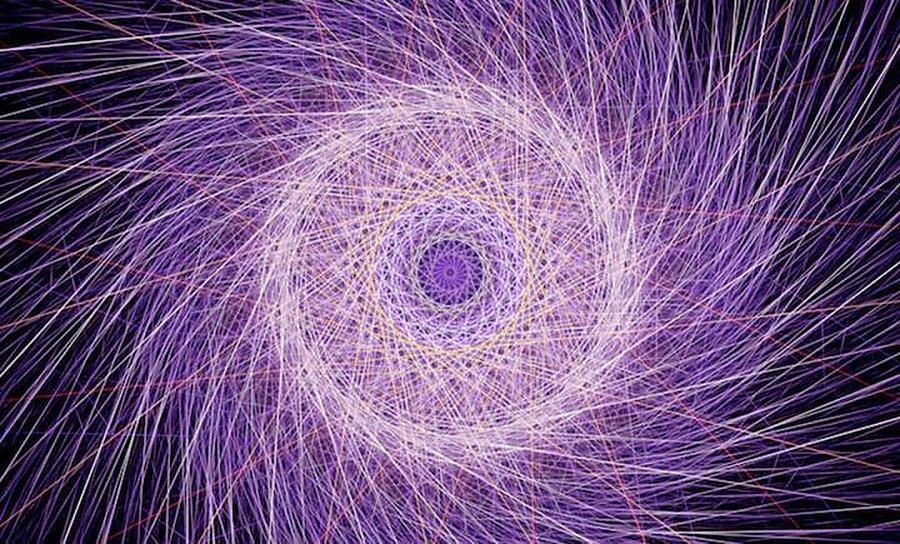
Comparisons between NadaYoga and Gurdjieff's Enneagram
Rocco Fontana
In this presentation we will try, through graphs and reasoning, to find correspondences and similarities between the concepts expressed in the theory and practice of NadaYoga - yoga of sound - and by an instrument as extraordinary and complex as Gurdjieff's Enneagram.
Some notes on the Enneagram
First of all, a distinction must be made. The most widespread Enneagram today is the one developed by Narancho and Hichazo, which is a valid tool for psychological and psychoanalytic introspection, often trivialized by NLP currents, as a tool for verifying character, couple and work suitability. It uses the 9 points on the circumference of the drawing equally to define 9 psychological typologies. The writer has experienced it and considers it a valid cognitive tool.
Gurdjieff's Enneagram is essentially different - while sharing the same design -, it expresses the laws and relationships that regulate the construction of what constitutes our universe; it is a sextant, a slide rule which, a living and dialoguing instrument, helps the Seeker to know his own position in Creation and to understand the processes that develop in it. Gurdjieff introduced this symbol in the study groups he set up in Russia, in the early 20s of the last century, when it reappeared in public life after twenty years of oblivion. Years during which he traveled, searched for and eventually found a source of real Knowledge. I leave to the reader the pleasure and the burden - and the effort - of getting to know Monsieur Gurdjieff - later on you will find an exhaustive bibliography on this character and his teachings -. However, the Enneagram predates Gurdjieff. It is known that some Sufi orders have handed it down in recent centuries, but if we then look for the chain, of which they are among the most recent links, we can guess that the origin of this symbol is actually a lot, much older. However, the 2 main laws expressed in this symbol are recognized and disseminated, in various ways, by all ancient traditions and, finally, refuted by the recent discoveries of Quantum Physics. These two laws are called the Law of Three and the Law of Seven or the Octave.
The Law of Three
There are many references to the 3 in ancient teachings and religions, think of our Most Holy Trinity, the Trimurti, the symbol of the Antahkarana, etc. etc. For Gurdjieff, every action is the result of three forces: active, passive and neutralizing, also called, respectively: Affirmation, Denial and Conciliation. This contrasts with the usual postulates of “modern” physics, specifically the third principle which states: to every action (affirmation) corresponds an equal and opposite action (negation); we are no longer able to see the work of the third force (conciliation); without it there would be no movement, there would be no development, as the two other forces would oppose and cancel each other out. It could help in understanding to define the three forces also as thesis, antithesis, synthesis.
The Law of Seven or law of octaves
There is a very strong reference to the musical scale, which is also used for the study and definition of the characteristics of this law: do-re-mi / fa-sol-la-si / do. In summary, the law of Seven states that every action passes through 7 steps or intervals and two, in particular, are salient for the action itself to be completed: the intervals - we always use the musical terminology - E / F and B / C consist of the absence of the intermediate semitone, as opposed to the other intervals, such as C - D. This means that there is a break point in the flow of the action or process, not filled by a semitone. Gurdjieff stated that to overcome these steps without an internal semitone, an action coming from outside the process is necessary, in the form of shock - Gurdjieffian terminology -, otherwise the process is interrupted or deviates from its original intentions. We can find examples of this law in our everyday life. A trivial example: we decide to quit smoking! The initial impulse is given by a regurgitation of self-love or fear for one's health. Strengthened by the initial push we begin to refrain from smoking. With the necessary difficulties we manage to remain for a shorter or longer period without cigarettes. But abstinence is tiring and the energies generated by the initial intent begin to fail, the desire for cigarettes increases, we are approaching the E / F interval. If something "outside" does not intervene, we will risk falling back into the habit. The energies and the initial impulse, now exhausted, would surely make us fall prey to the desire to smoke. Only an external shock can help overcome this salient interval of the process. For everyone it may be something different: for some the shock will be the death of an acquaintance from lung cancer, for others the convincing reprimand of the doctor, for others a shrewd comment about the smell of smoke from their partner, etc. etc. If we are lucky and the shock is of sufficient magnitude, the process continues, without stopping, in the initial direction; continues unhindered up to the note B. Here is the B / C interval that would sanction the closure of the process. As Gurdjieff said: the Octave closes, the action is completed and can possibly continue further for a new development. The B / C step requires much more strength to be overcome, in fact it requires a shock of greater scope that I identify as "conscious". In the case of smoking it could be the understanding that abstinence, in addition to contingent difficulties, has actually brought a general well-being to one's organism and consequently to our being in general, in any case it is an active and conscious reflection. I deliberately trivialized the explanation of the law of seven because it is more complex to understand than the law of three, and takes a long time to assimilate. Suffice it to say that, on obviously different scales, quitting smoking and the creation of a plant, an animal, a man or a world follow the same path and the same steps (intervals).
Enneagram and theories and practice of NadaYoga
The basic thing for using the Enneagram is to understand how to correctly position the elements of the process or subject we want to observe on it. The ancient practice of Correspondences, in use until the end of the 18th century and part of the 19th century, comes to the aid of this. It consisted in associating subjects of one category to corresponding objects of another, by similarity and analogy. For example, there is a traditional correspondence between metals and planets, and between metals and vibrational frequency, between planets and organs of the human body or psychological characteristics, and so on. Ancient medicines and alchemy, for example, are rich with them, and based essentially on these.
The first thing to do is to correctly position the Chakras on the Enneagram. The literature on the Chakras is very varied and articulated, seasoned with the most varied descriptive languages and full of often “imaginative” concepts, which make the understanding of these important elements confused. In the end, the result of this positioning is very clear and “simple”, but it required the reading of many texts and reasoning from multiple points of view. In my practice on the Enneagram, due to the attendance - for many years - of a Gurdjieffian school, I was able to know some aspects, mainly of a physiological and psychological type. On the circumference of the Enneagram 9 points are marked, 3 of which are "latent" and 6 instead are precisely positioned. The three "latent" points are the vertices of an ideal triangle, facing upwards, representing the Three Forces. The other 6 points are positioned two by two on the circumference, separated by one of the vertices of the inner triangle - in fact - and are connected to each other by a path that runs according to the sequence 1-4-2-8-5-7-1.

Indeed, there would be other non-explicit points on the Enneagram; the first (10) is the center of the drawing, which represents the “Heart” of the observed subject / process, and is the center of gravity of the drawing; the second (11) is the observer of the subject / process. This is a very important aspect that has emerged from the studies of Quantum Physics, as it has been realized that "the observer" inevitably influences the observed. The third point (12) is my intuition, because I have not found it explicit in any of the treatises I have consulted. It is an "external" point that represents the reference, the model, the matrix with respect to which the subject / process is observed and which gives its identity and meaning. For example, a drop of water is itself in reference, for example, to a glass, a lake, a sea, which defines it. Another example: "man"; it cannot be defined for itself but because seen with respect to the whole of humanity, as a biological function, as a genus of animal, or - more interestingly - it can be defined as related to the figure of God.
In the first table, the definitions I have placed on each point of the Enneagram will catch your eye. First we will notice the symbols of the planets. They also represent the corresponding Greek mythological deities; they are powerful psychological archetypes that give a precise subdivision of the psychic faculties of man and of any preponderant characteristics - and their reciprocal interrelations -. Their positions have been verified and accepted for some time in Gurdjieffian circles, and they have been the starting point for my work. Metals will be found together with the planets; this is a universally accepted ancient correspondence. It will also be found indicated "centers", that is the general functions of man, subdivided and classified in a very precise way by Gurdjieff.
One aspect I meditated on a lot was the direction of rotation of the Enneagram. Generally, in the exercises it is customary to proceed clockwise, perhaps a convention due to the peculiar specularity of the symbol. This led me to reflect on the importance of the sense of rotation and its symbolism. The clockwise direction of rotation symbolizes the descent from the top to the bottom, from the subtle element to the gross element; we have the descent from the Silver towards the Lead. The counterclockwise sense instead symbolizes the Ascent, the refining from the Coarse to the Subtle; and this is what we get by going up along the line of the Chakras, a refinement of the energy that proceeds towards the other, increasing its vibratory frequency.

The planets, the metals and the Centers then found correspondence with the Chakras positioned counterclockwise. The fourth Chakra, Anahata, is positioned at the intersection of the rays of the drawing - but it is a convention - and can also be drawn in the center of the circle; it represents point 10 of the Enneagram. It also represents the center of gravity of the 7 Chakras line, separating the three lower Chakras from the three upper Chakras.
The following table represents a striking similarity between the Chakra chain and the graph that Gurdjieff calls the "ray of creation".

Bibliography:
- G.I. Gurdjieff - Views on the world of the Real
- Ouspensky - Fragments of an unknown teaching
- R. Collins - Celestial influences - Mediterranean
- J.G. Bennett - Gurdjieff. A new world
- J.G. Bennett - Enneagram Studies
- Giorgio Lombardi - The yoga of sound - Magnanelli
- Riccardo Misto - Lecture notes Corso NadaYoga


